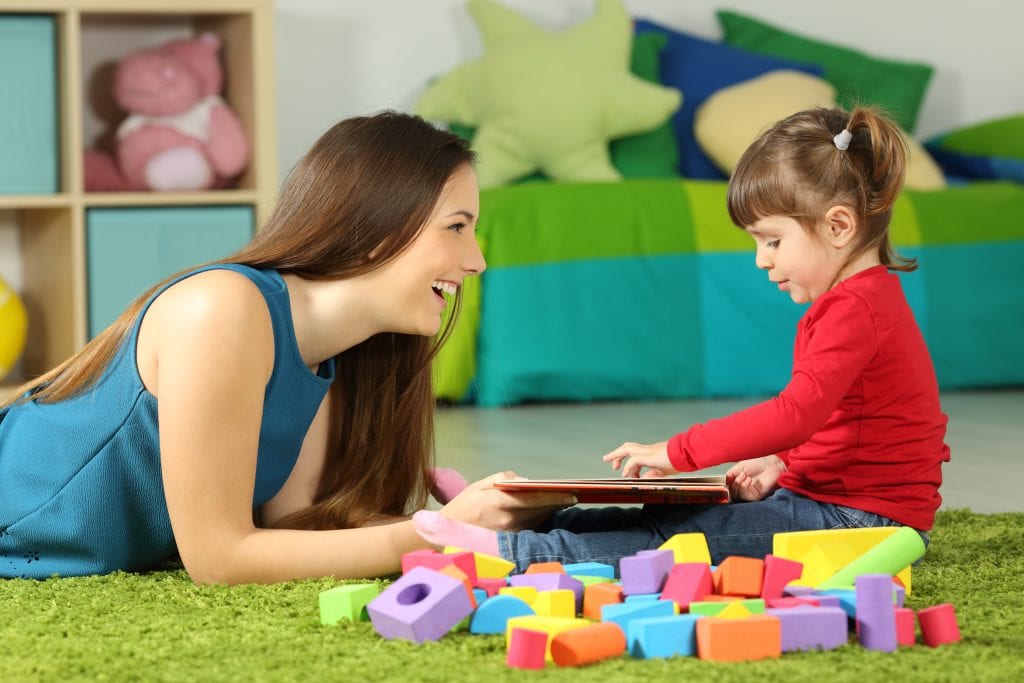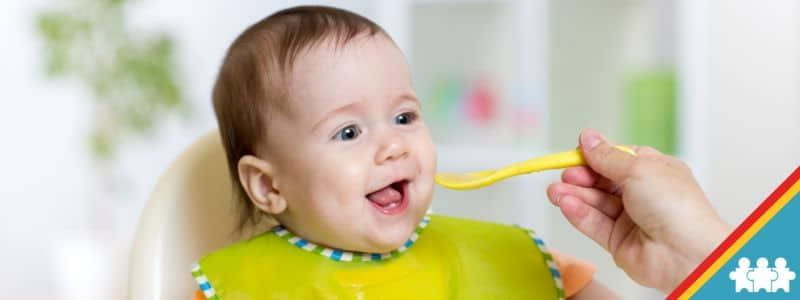But… which type does your child need??

If you are concerned about your child’s development, you’ve likely already heard that therapy might be helpful. But there are so many different kinds of therapists!! What do they all do, and how do you know which ones will be right for your child?
All good questions. We break down the most common therapies and what they focus on below.
Occupational Therapy (OT)
Occupational therapists help your child take part in daily activities and routines. Things OTs can help your child with include:
-learn to get dressed, brush teeth and wash hands
-learn to take part in school activities and interact with friends
-learn to explore and manage a variety of sensory experiences
-learn how to use my hands to play, explore and complete tasks
-learn how to enjoy a variety of foods
OTs work with families to make sure they are addressing the most meaningful goals for everyone.
Physical Therapy (PT)
Physical therapists help your child use their body successfully to move and explore their environment! Things PTs can help your child with include:
– Gain confidence exploring different positions and playing on a variety of surfaces
-Use fun games and exercises to build strength, balance and coordination
-Teach parents and caregivers how to practice therapy goals at home

Speech Therapy (SLP)
Speech therapists help children communicate better in all kinds of ways. Things SLPs can help your child with include:
-Learn how to communicate wants and needs in the most effective way for the child
-Build oral motor skills that help with talking and eating
-Making clearer speech sounds
-Build social skills that help with nonverbal communication
-Matching a picture with its meaning
-Teach parents exercises and activities to practice at home
Behavioral Therapy: Applied Behavior Analysis (ABA)
ABA therapists help children learn by using principles of behavioral science. Strategies ABA therapists may use include:
-Using positive rewards and activities to teach new skills
-Breaking a skill down into very small parts and teaching each part at a time so the child can learn more effectively
-Collaborating with parents to manage challenging behaviors at home
How ABA Works:
- Utilizes diverse methods adaptable to individual needs.
- Conducted in various settings like home, school, and community.
- Teaches practical life skills through personalized instruction.
A-B-C Approach:
- Analyzes behavior in three stages: Antecedent, Behavior, Consequence.
- Helps understand behavior triggers and outcomes.
- Guides development of appropriate responses.
Nutritionist

-Pediatric nutritionists help support families when needed to make sure children are growing well
-Nutritionists can work with kids that have trouble eating certain foods and special dietary needs
-Nutritionists collaborate with parents to develop healthy snack and meal options